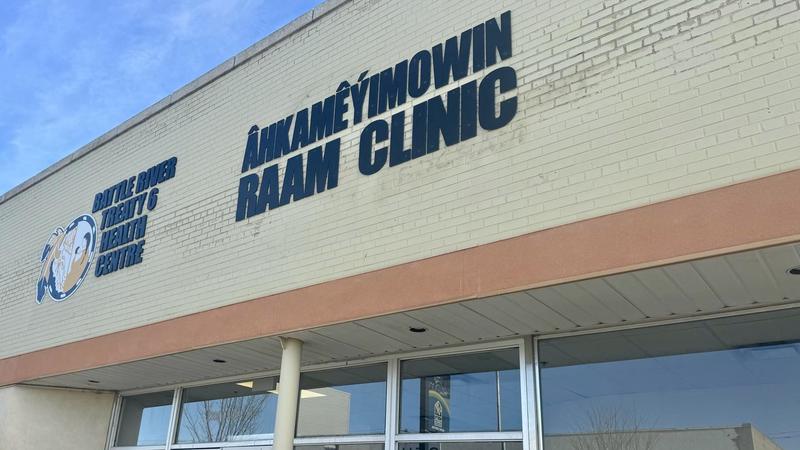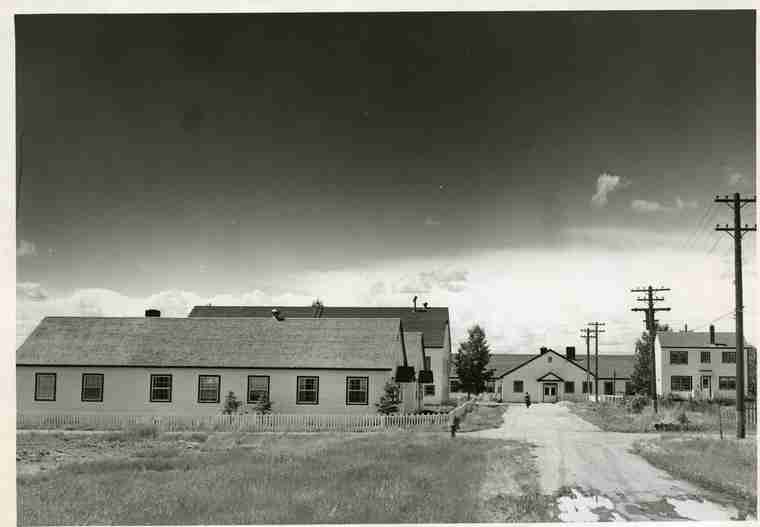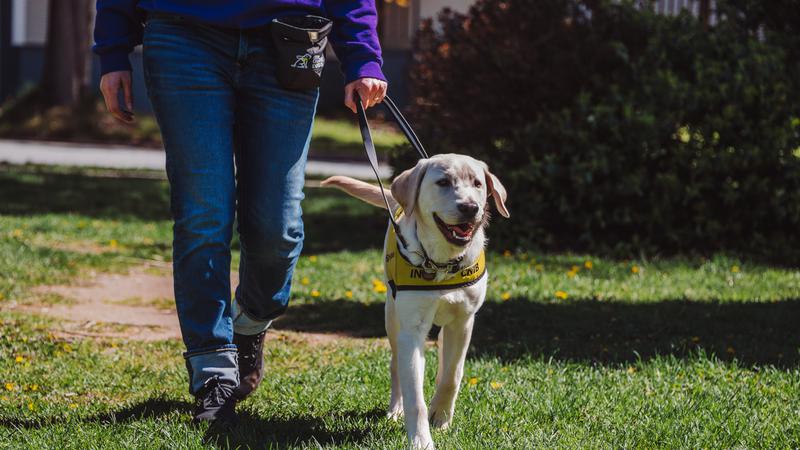
‘Remembering the human aspect’: Battle River Treaty 6 Health Centre fuses traditional knowledge and modern health care
Any change to health care is gradual, but the staff at Battle River Treaty 6 Health Centre works to reshape its entire approach to better prioritize the needs of Indigenous patients by incorporating traditional teachings and confronting a painful history.
This fall, the Canadian Medical Association issued a formal apology for staff involvement in systemic racism across the medical field, including participation in Canada’s segregated Indian Hospitals. Former patients of Canada’s Indian Hospitals have since filed a class action lawsuit.
The Battlefords Indian Hospital closed in the 1970s. Shortly after the closure, before truth and reconciliation were words added to the lexicon, much less considered, a local group of chiefs had the foresight to lobby the federal government to fund community-based health services for their nations.
 A photo of the former Battlefords Indian Hospital. (Saskatchewan Archives)
A photo of the former Battlefords Indian Hospital. (Saskatchewan Archives)

